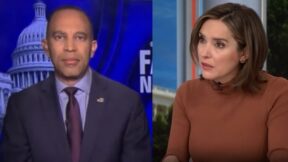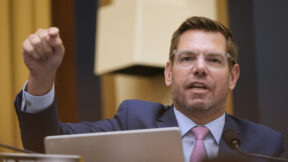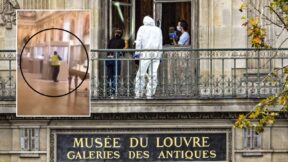Private Eye Editor Ian Hislop Says Gaza Cover Sparked Most Complaints Since Infamous Princess Diana Issue
Private Eye editor Ian Hislop revealed that the magazine’s provocative Israel-Hamas front cover published in October brought in the most complaints since the most-complained-about cover issued by the magazine after the death of Princess Diana issue in 1997.
The front cover of issue #1609, published October 20th, was splashed with a “warning” reading: “This magazine may contain some criticism of the Israeli government and may suggest that killing everyone in Gaza as revenge for Hamas atrocities may not be a good long-term solution to the problems of the region.”
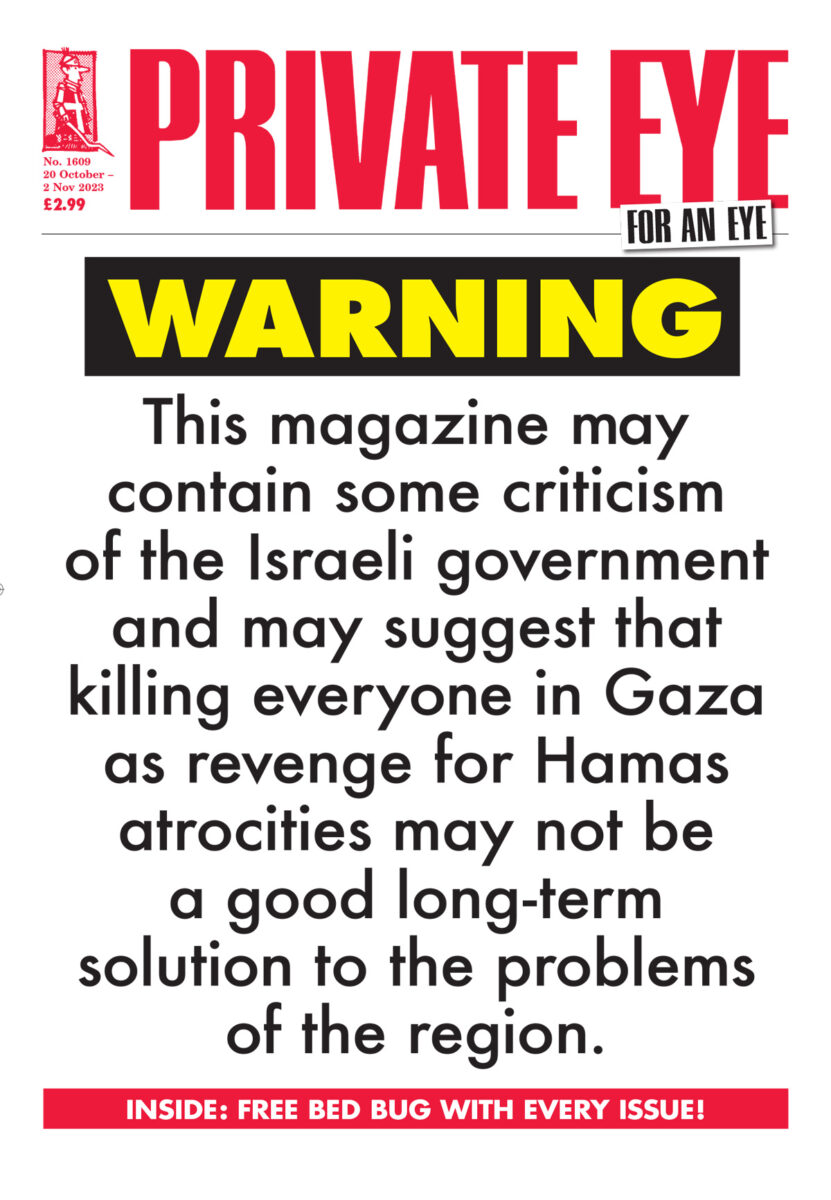
Private Eye’s Israel-Hamas war cover for Issue #1609.
The subject came up briefly in a ranging interview with journalist Lewis Goodall for The News Agents podcast. Hislop mentioned the cover as the pair discussed satire and covering international affairs. Hislop, whose editorial hand has guided Private Eye since 1986, also appears on the BBC’s satirical news quiz Have I Got News For You.
Asking about how Hislop manages darker stories, Goodall asked: “Dealing with Gaza, talking about it on shows like Have I Got News For You, Private Eye, I mean, how easy or difficult is that?”
Hislop said: “I mean, that is difficult because there is a sort of, ‘Oh my goodness, you’re not going to mention that’ factor. And… I mean, I suggested on the last series [of Have I Got News For You] that there should be a ceasefire, which, again, if you cast your mind back, that was considered deeply revolutionary as opposed to being actually American foreign policy and something they put through the UN. It is tragedy plus time equals comedy, as usual.”
He added: “ And the Private Eye cover about Gaza was the most complained about cover, which was… now looks more and more like a statement of fact.”
In the wake of the issue’s publication, Private Eye cartoonist Zoom Rockman quit the magazine after he received death threats he said were a result of the “incendiary cover.” Rockman said he was “disappointed with the cover itself” and “felt it would lead to more anti-Semitic attacks” on ordinary Jewish people because it had “exaggerated the Israeli position.” When editors failed to acknowledge his concerns he left.
Going on to explain and defend the cover to Goodall, however, Hislop said: “We put a warning on that ‘this magazine may contain some criticism of Israel.’ And we were trying to suggest that killing everybody in Gaza was not a helpful solution to the problems of the region. And you had more complaints about that from anything we’ve done. Since the Diana cover. And it was extraordinary. And again, the intent, the satirical intent of the joke was pretty clear. And I think now it reads as quite bland. But at the time, it was one of those things people didn’t want to hear.”
The “Diana cover”, as Hislop refers to it, is the notoriously hard hitting cover published in the week after the death of Diana, Princess of Wales, in 1997. Public anger was pointed at the tabloid newspapers and revelations that paparazzi had chased Diana’s car through Paris before her vehicle crashed in an underpass.
The magazine turned public outrage at newspapers tabloids on its head and sparked fury with a cover that read “Media to Blame” and showed crowds gathered outside Buckingham Palace with three speech bubbles that read: “The papers are a disgrace,” “Yeah, I couldn’t get one anywhere” and “Borrow mine, it’s got a picture of the car.”
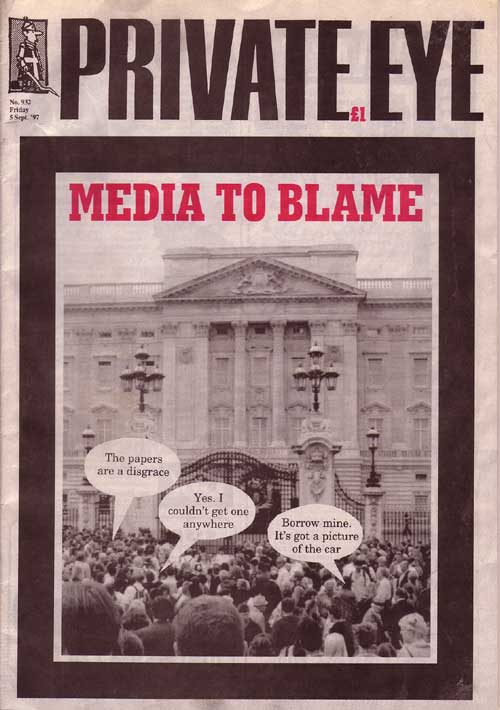
Private Eye’s cover following the death of Princess Diana raised so much controversy that some news vendors removed it from their shelves. (Screengrab via Private Eye)
